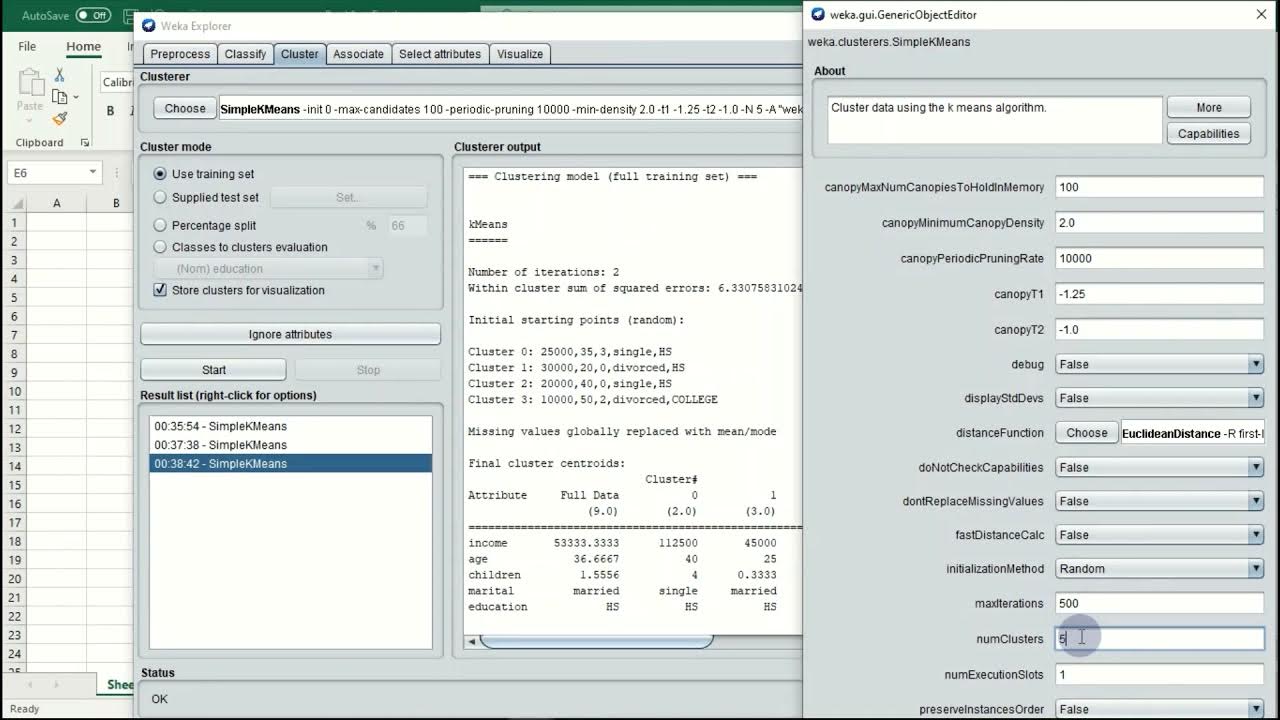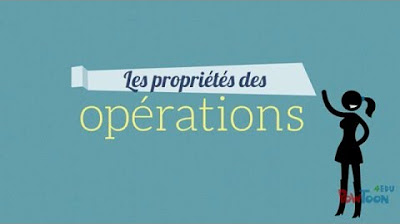3 as the sum of the 3 cubes - Numberphile
Summary
TLDRIn a captivating Numberphile video, the discovery of 42 as a sum of three cubes is discussed, followed by the unexpected solution for the number 3. The script delves into the historical challenge posed by Mordell in 1953, which took 66 years to overcome. It explores the theoretical implications, including Hilbert's tenth problem and the quest for a general solution to Diophantine equations. The conversation also touches on the use of Charity Engine's computational power and the personal satisfaction of solving such problems, despite the likelihood of some numbers being unsolvable or undecidable.
Takeaways
- 🔢 The video discusses the discovery of a new way to represent the number 3 as a sum of three cubes, which is a significant achievement in number theory.
- 🎉 The representation of 3 was found using a method similar to the one used for the number 42, with optimizations specific to the number 3.
- 🤔 The video highlights the historical significance of the problem, dating back to a question posed by Mordell in 1953, which took 66 years to find the next solution.
- 🚀 The solution for 3 was found unexpectedly quickly, using the Charity Engine network, showcasing the power of distributed computing.
- 🚫 The script mentions that some numbers cannot be represented as a sum of three cubes, such as those leaving a remainder of 4 or 5 when divided by 9.
- 📝 There's a conjecture that suggests every number, except for a special class, has an infinite number of representations as a sum of three cubes, but this is yet to be proven.
- 🤓 The video touches on Hilbert's tenth problem, which asks for a method to determine if any Diophantine equation has a solution, a problem that was proven to be undecidable in general.
- 🎯 The focus on numbers up to 1000 is driven by historical interest and the desire to complete a list, with the number 3 being particularly challenging due to its low expected density of solutions.
- 🎁 The video script also includes a light-hearted mention of Numberphile's role in inspiring the search for these mathematical solutions and the impact of their videos on the research.
- 🔮 The future of the research is uncertain, with the possibility that some numbers may not have a representation as a sum of three cubes, and that proving this could be an undecidable problem.
Q & A
What was the significance of the discovery of 42 as a sum of three cubes?
-The discovery of 42 as a sum of three cubes was significant because it was a milestone in a long-standing mathematical problem that had remained unsolved for many years. It was a 'once-in-a-generation' type of breakthrough.
What was the historical context behind the problem of representing numbers as a sum of three cubes?
-The problem dates back to 1953 when Mordell mentioned it in a paper, noting that only two simple solutions were known and suggesting that finding others would be very hard. It took 66 years to find the next solution after that.
What are the two known representations of 3 as a sum of three cubes?
-The two known representations of 3 as a sum of three cubes are 1^3 + 1^3 + 1^3 and 4^3 + 4^3 - 5^3.
What is Hilbert's tenth problem, and how does it relate to the sum of three cubes problem?
-Hilbert's tenth problem asked for a method to determine whether any given Diophantine equation has a solution in integers. It was proven to be impossible to solve in general, but the sum of three cubes problem is interesting because it is a specific Diophantine equation where solutions are known to exist, yet finding them is very difficult.
Why is the number 3 special in the context of the sum of three cubes problem?
-The number 3 is special because it has the lowest expected density of any number up to 100 for representations as a sum of three cubes, making it particularly challenging to find solutions.
What is the conjecture regarding the number of representations for numbers as a sum of three cubes?
-The conjecture is that every number, except for those that give a remainder of 4 or 5 when divided by 9, has infinitely many representations as a sum of three cubes.
How did the use of Charity Engine contribute to finding the new solution for 3?
-Charity Engine provided a large network of computational resources that allowed the researchers to perform extensive computations that were previously not feasible. This enabled them to find a new solution for 3 more quickly than expected.
What was the method used to find the new solution for 3 as a sum of three cubes?
-The method used was similar to the one used for finding the solution for 42, but with optimizations specific to the number 3, which allowed them to extend the search range further than what was possible for 42.
What are the implications of finding new solutions for numbers like 3 and 42 as sums of three cubes?
-Finding new solutions provides further evidence supporting the conjecture of infinitely many representations for numbers as sums of three cubes. It also advances the understanding of Diophantine equations and potentially stimulates new theoretical breakthroughs.
What is the current status of finding solutions for numbers up to 1000 as sums of three cubes?
-As of the time of the transcript, there are nine numbers up to 1000 for which no solutions as sums of three cubes are known. The researchers are continuing their search, but they are skeptical that they will solve all of them soon.
Why is it believed that there might be infinitely many solutions for numbers as sums of three cubes, despite the difficulty in finding them?
-The belief in infinitely many solutions is based on a conjecture that suggests a kind of density for the occurrence of such representations. While it has not been proven, the discovery of new solutions for numbers like 3 and 42 provides empirical support for this conjecture.
Outlines

This section is available to paid users only. Please upgrade to access this part.
Upgrade NowMindmap

This section is available to paid users only. Please upgrade to access this part.
Upgrade NowKeywords

This section is available to paid users only. Please upgrade to access this part.
Upgrade NowHighlights

This section is available to paid users only. Please upgrade to access this part.
Upgrade NowTranscripts

This section is available to paid users only. Please upgrade to access this part.
Upgrade NowBrowse More Related Video

CS160P Module 3 Supplementary Discussion on Clustering

Sistem Persamaan Linear Tiga Variabel (SPLTV) | Matematika Wajib Kelas X

Les propriétés des opérations

Suma o diferencia de cubos ejemplos de factorización

Factoring Sum and Difference of Two Cubes: Grade 8 Math

Number System || Sum of Series ? (LESSON-5)
5.0 / 5 (0 votes)